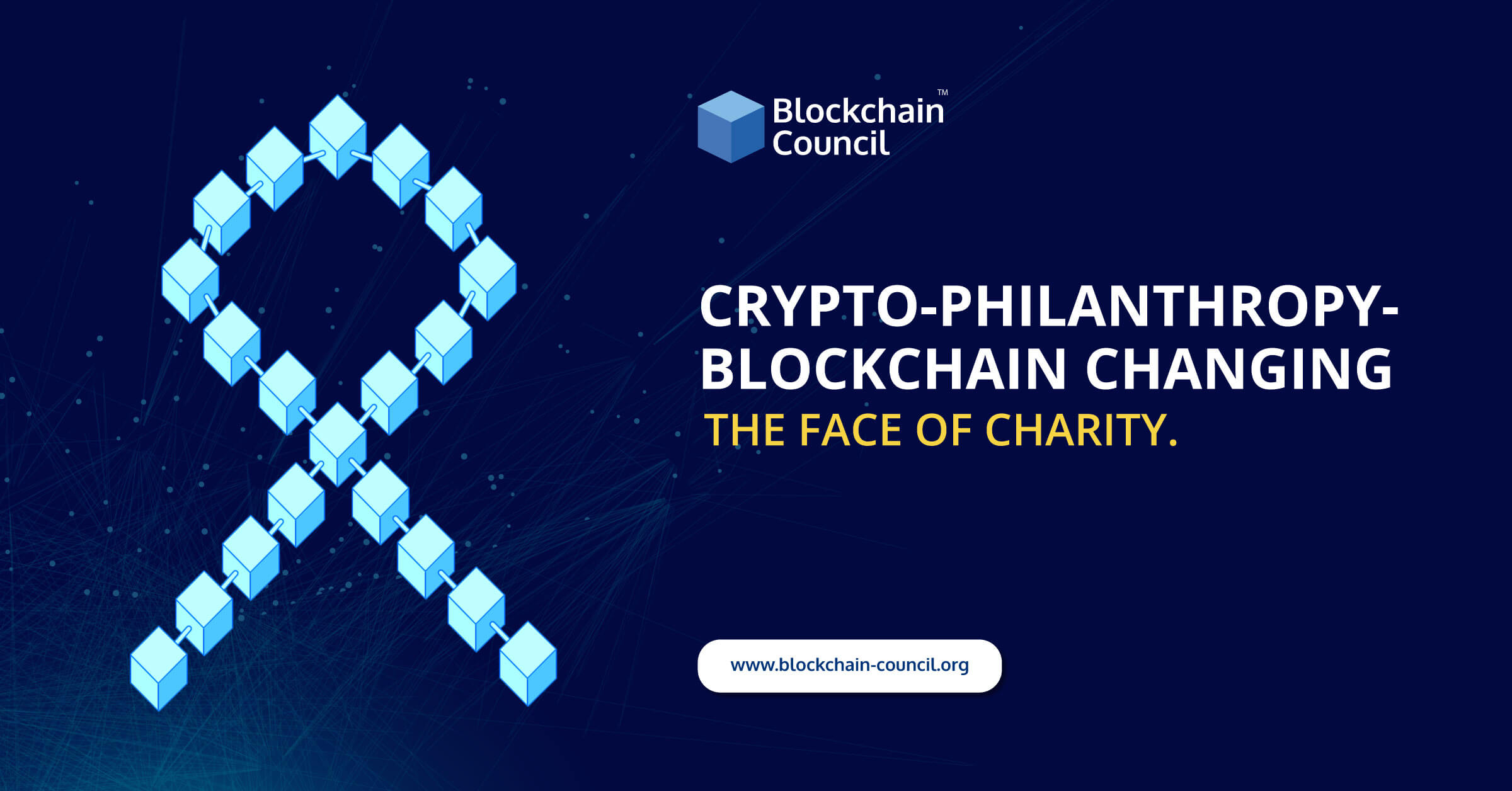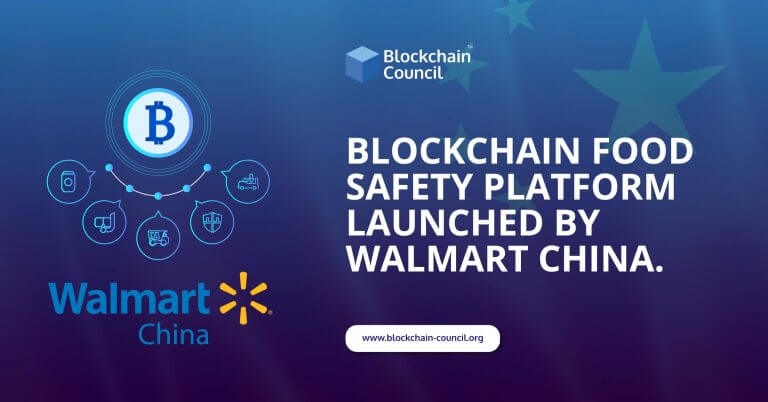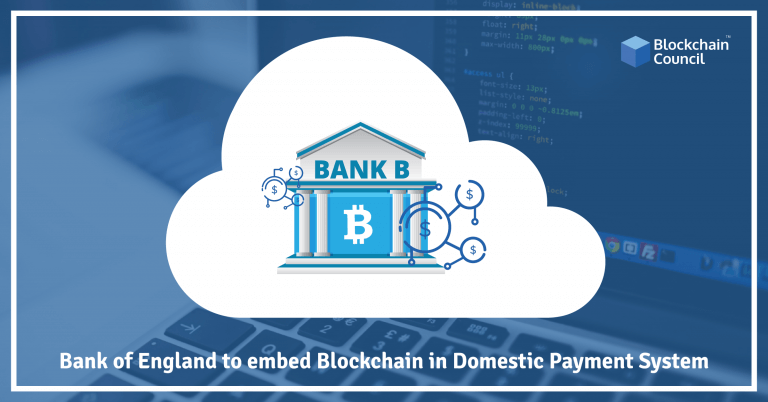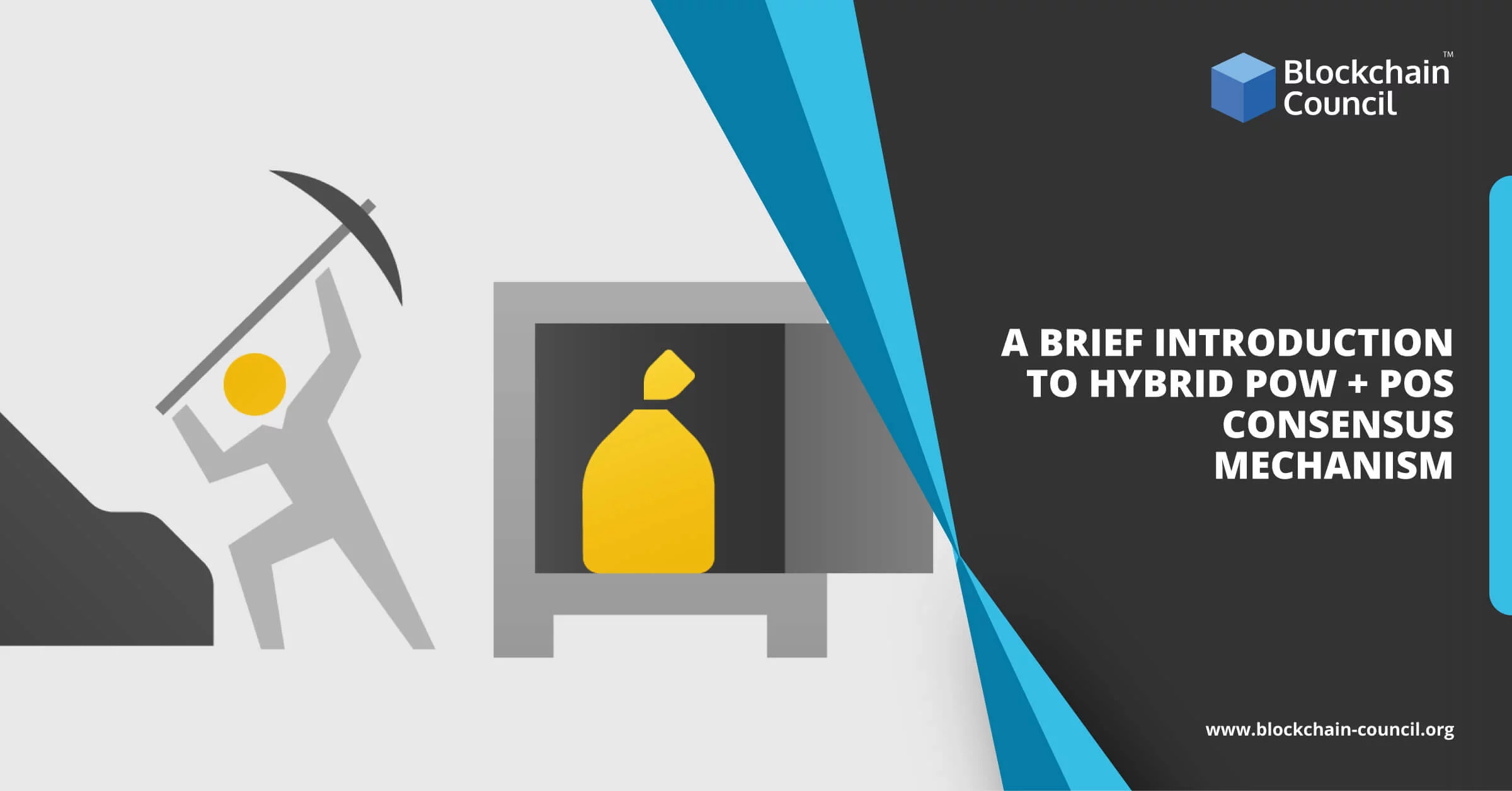
- Toshendra Kumar Sharma
- July 19, 2019
Charities in today’s world are facing a constant decline in donations due to the growing skepticism about CEO pay and concerns about where the donations would end up. Charitable giving has always been common across the globe with many people looking at donation as an act of doing good to our fellow human beings. Trust in big charity is currently falling due to numerous news reports on aggressive fundraising practices, huge cash surpluses, allegations of mismanagement, and sizable funds spent on administration. But even now, there is a majority of the public who still believe charities are trustworthy.
This is where blockchain technology pitches in and helps resurrect the images of the charities which agree to adopt its services. Blockchain carries with it the potential to restore at least a portion of the lost credibility to charities which are worthy of the trust of the public.
Crypto-philanthropy
Crypto-philanthropy is, undoubtedly, the best alternative and efficient solution for businesses to receive funds and raise donations with greater effectiveness. Crypto-philanthropy is the act of leveraging blockchain technology to facilitate charitable contributions. Some of the notable benefits of crypto-philanthropy are:
- Transparency.
- Decentralized and global.
- Minimized expenses.
- Reduced taxes.
- Digital agreements.
Blockchain Charity Foundation (BCF) is a notable example of crypto-philanthropy.
Binance
Binance is a global cryptocurrency exchange platform which allows to trade over a hundred cryptocurrencies. In terms of trading volume, Binance is regarded as the largest cryptocurrency exchange. Binance Charity Foundation (BCF), the charity arm of Binance, has launched a blockchain-based donation portal at the United Nations Conference on Trade and Development (UNCTAD).
Blockchain Charity Foundation (BCF)
It is a donation platform for non-profit organizations which provides transparent and accountable financial information to donors. It is built on blockchain technology to ensure that the charity process is immutable, traceable, and reliable. In the words of Helen Hai, the Head of the Blockchain Charity Foundation (BCF), “Donations through the BCF platform will ensure full transparency, accountability, and direct reach to end recipients.”
Such a blockchain platform will automate processes and lower administrative costs, increase accountability through traceable giving milestones, and allow donors to track their funds and the purposes for which they are used. Blockchain improves efficacy and helps build trust among donors, recipients, and stakeholders which will help in the donation reaching the right person. Blockchain also helps non-profits and charities to deliver results in novel ways, which would otherwise be impossible. The Pink Care Token, introduced by BCF by combining forces with 47 companies, shows how blockchain can iterate charities workflows in the best way. The Pink Care Token is a social-impact stablecoin issued over the Binance Chain.
BCF makes charitable donations accountable, thereby making a positive difference to millions of lives. It plays a crucial role in supporting communities and creates an impact on society from delivering services to operating within the community. To ensure that the cause is a worthwhile one and to make sure that the funds reach the intended parties, BCF also provides proof of need and proof of receipt. Such blockchain platforms will provide charities with a marketplace of ready-to-donate audiences and these take far lesser fees than fundraising and traditional marketing agencies.
Conclusion
As the popularity of blockchain technology grows each day, industries and organizations all over the world are embracing it to make their business operations more secure and attractive. Speaking in terms of charity and donors, more and more charitable trusts are shifting to crypto-philanthropy as it is a novel way of giving, distributing, and accepting donations. It is certainly safe to assume that charitable organizations will ramp up their cryptocurrency operations if people adapt to this form of giving.





































































 Guides
Guides News
News Blockchain
Blockchain Cryptocurrency
& Digital Assets
Cryptocurrency
& Digital Assets Web3
Web3 Metaverse & NFTs
Metaverse & NFTs
